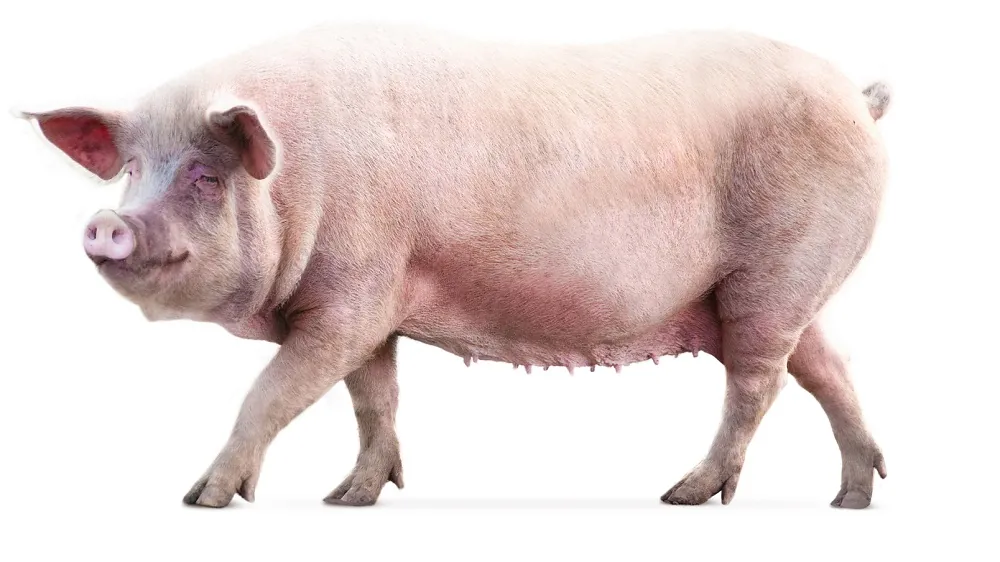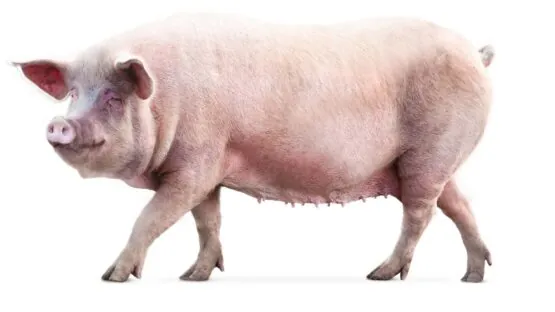After a total of 69 rejection-preventing gene edits, history has been made with the first-ever successful transplantation of a pig kidney into a human patient.
Xenotransplantation within reach
Organ transplantation has been one of modern medicine’s biggest triumphs, helping to save innumerable lives. It is also viewed as one of the pathways to life extension. We are still a long way from achieving considerable rejuvenation of the body or even of a single organ, but replacing old organs with new ones could be a drastic shortcut.
However, this is easier said than done. An acute shortage of organs for transplantation exists, with hundreds of thousands of people on waiting lists, many of them dying before a suitable organ is available for them.
For decades, an idea of xenotransplantation – taking organs from other species – has been floated but mostly as wishful thinking. Even organs from other humans, including well-matched ones, necessitate immunosuppression so that the recipient’s body does not reject them. Organs from other species, such as pigs, produce seemingly insurmountable levels of rejection.
Yet, research in the field has been inching forward. Recently, advances in understanding the mechanisms of rejection and in gene editing techniques such as CRISPR have placed xenotransplantation within striking distance.
Dozens of gene edits
Now, in a single week, two teams have reported major successes. In Massachusetts General Hospital in Boston, a team of surgeons successfully transplanted a kidney from a genetically engineered pig into a 62-year-old patient with end-stage kidney disease, which causes about 54,000 deaths a year in the US alone. Kidney transplantation is a relatively simple and well-established surgery, the problem being transplant shortage. Dialysis, a cumbersome and grueling procedure, can extend the lives of many patients, but this particular one was unable to receive dialysis anymore due to vasculature problems.
The company behind the transplantation is eGenesis, and it is based on the work of Harvard professor George Church’s team. Dr. Church, a renowned aging researcher, is also a co-founder. His team has published four papers on the subject, describing the creation of genetically modified pigs whose organs are suitable for transplantation into humans.
Achieving this required a staggering number of gene edits, 69 in total. “We knocked out all 3 genes responsible for the sugar coating of the pig cells that had caused rapid rejection in previous work, GGTA1, CMAH and B4GALNT2/L”, Dr. Church told Lifespan.io. “We also added seven human genes: CD46 and CD55 from the blood complement cascade, THBD and PROCR from the coagulation pathway, CD47, which is involved in innate immunity, and TNFAIP3 and HMOX1, which dampen ischemia–reperfusion injury, apoptosis and inflammation.” Those seven edits were essential to increase compatibility.
However, most edits were done to silence retroviruses hiding in the pigs’ DNA that could potentially break loose in the human body. “We knocked out all 59 of the endogenous retroviral pol genes which had caused the FDA and groups like ours concern that such viruses could use the bodies of immunosuppressed patients as incubators to evolve into zoonotic diseases,” Dr. Church explained.
Relief for millions
The surgery seems to have gone well, with the pig kidney reliably producing urine and filtering out waste. The patient’s condition has been steadily improving, and he might be soon discharged from the hospital. The patient has a history of diabetes and heart problems. In the past, after spending seven years on dialysis, he received a human kidney transplant, which failed after five years. The patient was back on dialysis, but his condition was deteriorating, leaving the experimental procedure as the only option.
“The significance (of this achievement),” Dr. Church said, “is that 800,000 patients in the US alone have end-stage kidney disease requiring painful dialysis for three hours at a time, three times a week. These could be replaced by our pig kidney procedure. Moreover, 36 million people in the US affected by chronic kidney disease are at risk of transitioning to dialysis, which might be prevented. An abundance of organs might provide more equity, more access for the poor, aged, and those with multiple health issues.”
Liver transplantation in China
The second pig-to-human transplantation reported last week took place in China. It involved transplanting a liver grown in a genetically modified pig to a clinically dead person for scientific purposes. The organ came from a pig bred by the company Clonorgan Biotechnology based in Chengdu. As reported in Nature, the six gene edits included knocking out three genes involved in production of sugars (probably the same genes that are deactivated in eGenesis’ pigs) and introducing three human genes.
Using brain-dead subjects is a common practice and an essential stage in xenotransplantation that helps to identify potential problems before moving on to living patients. Previously, scientists have transplanted hearts and kidneys into clinically dead people, but this is the first time it has been done with a liver. For ten days, the liver was functioning and producing bile, after which time it was removed from the body.



